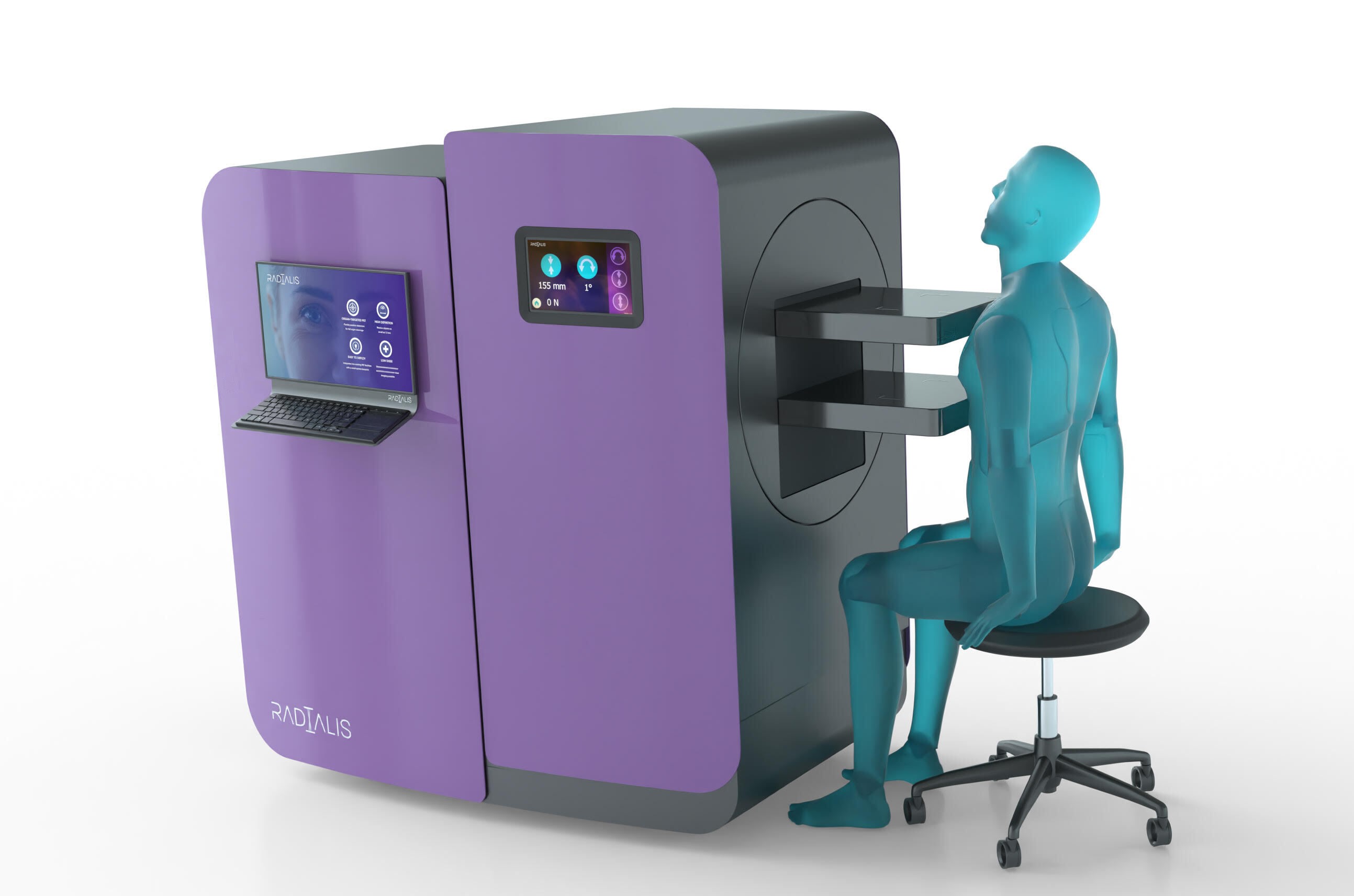Lead Investigator: Dr. Alla Reznik
Co-investigator: Dr. Oleksandr Bubon
Collaborator: Radialis Inc.

Breast cancer accounts for approximately 26% of all cancers diagnosed today. Like other cancers, breast cancer is most successfully treated if the disease is diagnosed early. The major problem is distinguishing between benign and malignant masses. Women are forced to contemplate prophylactic mastectomy because predictive power of current imaging is poor.
Radialis Corporation (a spin-off company of the TBRHRI and Lakehead University) is manufacturing an advanced Positron Emission Mammography (PEM) system for molecular (or functional) imaging of breast cancer. PEM detects small cancerous breast lesions based on their increased glucose metabolism and such its imaging performance is inherently independent on breast tissue density.
The core technology of the PEM system was developed in our research laboratory under the supervision of Dr. Alla Reznik. Radialis PEM employs 2 planar high-resolution detector heads placed on both sides of gently steadied breast (see Figure above). PEM only requires breast immobilization rather than compression and hence completely eliminates pain. During image acquisition, detectors fully cover the entire breast that allows for improved sensitivity capable of significant radiation dose reduction in comparison with commercially available scanners. Large field-of-view detector design enables high-resolution. Tumors as small as 1.2 mm will be detectable by the initial results of Radials’s PEM system.
Radialis’s PEM technology can be used as an adjuvant technique for breast cancer detection, and an integral part of the surveillance protocol of women at high and intermediate lifetime risk of breast cancer. Technological advances used will reduce manufacturing cost for PEM devices, thus positively influence people health.
For more information, please see an article “Using Positron Emission Mammography to detect breast cancer” or our latest publication on the topic: “Evaluation of a High-Sensitivity Organ-Targeted PET Camera”.






